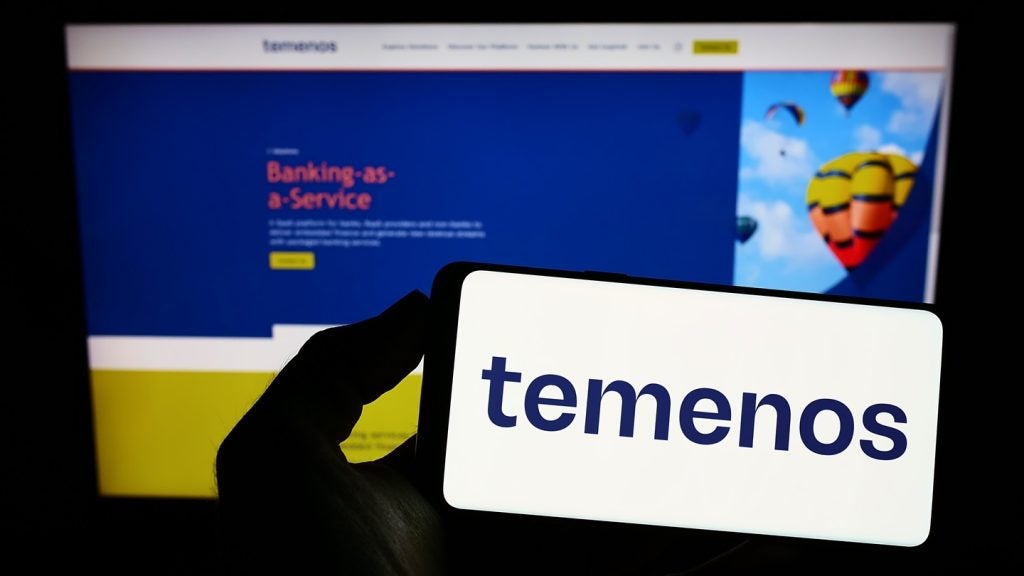
Standard Chartered launched a new ‘Service Excellence Model’ as part of its efforts to drive service excellence. The model encompassed a client-centric strategy targeted at people, processes and systems. The result: StanChart has seen a marked decline in negative client complaints and a huge increase in compliments, reports Douglas Blakey
In a number of categories, the voting was close; not so the award for Best Customer Experience Business Model. The runaway winner at the 3rd annual Customer Experience in Financial Services Awards 2017 was Standard Chartered.
StanChart’s Service Excellence Model launched last year with the approach of proactively delivering service excellence, in contrast with previous years where the bank was reacting more to complaints and feedback from the clients.
In a competitive banking landscape with changing client expectations, StanChart wanted to differentiate itself from competition and increase client satisfaction.
Clients were looking to be impressed rather than just being satisfied. What was required was a way to reframe the bank’s approach while leveraging the strengths of its current practices. The goal was to move from being a solution provider on client feedback, to be a leading bank that delivers best-in-class service at every point of interaction.
With a view to improve the client experience, the bank engaged external consultancy EY to review and audit its complaint management records and processes. This review equipped the bank with a set of thorough recommendations spanning across multiple areas and functions internally. These eventually went towards helping the bank develop its Service Excellence Model.
StanChart’s research with EY gave rise to various recommendations relevant to the entire complaint management and Root Cause Analysis (RCA) process. It also helped identify potential weaknesses and opportunities in the way the bank works.

US Tariffs are shifting - will you react or anticipate?
Don’t let policy changes catch you off guard. Stay proactive with real-time data and expert analysis.
By GlobalDataActing on recommendations from EY, it embedded ‘5-Whys’ into its RCA process – an iterative interrogative technique used to explore cause-and-effect relationships underlying problems.
This technique helped highlight processes that were not working well and identified existing gaps. This helped to shape an ongoing framework for the bank to gain client insights on a wide range of actionable areas.
Based on the EY recommendations, it conducted a brainstorm with senior management and after a lengthy review, identified various areas that needed long-term focus on improving.
Key findings included:
- Some processes were not client-friendly and could be better structured or streamlined;
- Some existing system constraints generated pain points in bank processes for clients and frontline staff;p
- A stronger service culture was needed to encourage staff to take the initiative and treat clients fairly;
- Crafting a single theme and concept: to “make banking, simple, better and faster for clients”
- “Voice of clients”: Recognition of the value of insights in creating an ongoing feedback loop that would add value to its improvement efforts. StanChart retained its existing RCA process to deliver insights and actionable data while it looked for further ways to enhance the insight generation engine within the bank.
StanChart took inspiration from Ritz Carlton’s Gold Standards to formulate its own Service Commitment, a unifying set of ideas which articulated its goals to staff of all levels and how each individual can contribute. A set of programmes was launched to help employees understand how to practise its Service Values.
A Service Commitment letter and card signed off by the bank’s CEO was distributed to staff, incorporating the Service Commitment framework. This served to strengthen the engagement between employees and the Service Values.
In addition, to supplement its engagement efforts through positive reinforcement, the bank rolled out a ‘Thank You’ programme to reward every staff member with a coffee treat from the CEO for every positive gesture of appreciation they receive, no matter how small. It also developed a larger incentive award called the ‘CEO Service Challenge’ to recognise outstanding service individuals every quarter.
As part of the roll-out to promote new branch standards, training sessions were conducted at every branch led by the CE team.
Other initiatives included:
- The launch of new state-of-the-art videobanking and ‘click to chat’ platform, to meet the needs of increasingly tech-savvy clients in the market. Proactive measures were also taken to simplify processes involved in everyday banking by reducing the volume of traditional counter transactions and diversifying its channels;
- a Digital Ambassador Programme was set up in branches with digital evangelists promoting the digital channels to customers, and
- a new automated SMS survey was launched enabling the bank to measure client satisfaction levels for every service request raised.
Two key indicators of client experience are complaints and compliments. The bank’s client experience was shaped through two phases: a strong focus on fixing legacy issues from previous years, and driving service excellence in 2016.
The results:
In a word: outstanding. Average complaints, fell by a whopping 32% in 2016 and total complaints per thousand accounts have more than halved from 0.22 in 2014 to 0.1 in 2016.
There has also been a strong increase in the volume of compliments sharply rising nearly 10-fold since the end of 2014. The bank moved from roughly 1 compliment received for every 5 complaints in 2014, to around 3 compliments for each complaint in 2016.
Lastly, the number of complaints closed at the frontline without the need for escalation for special handling soared from 21% in 2014 to 80% in 2016.







